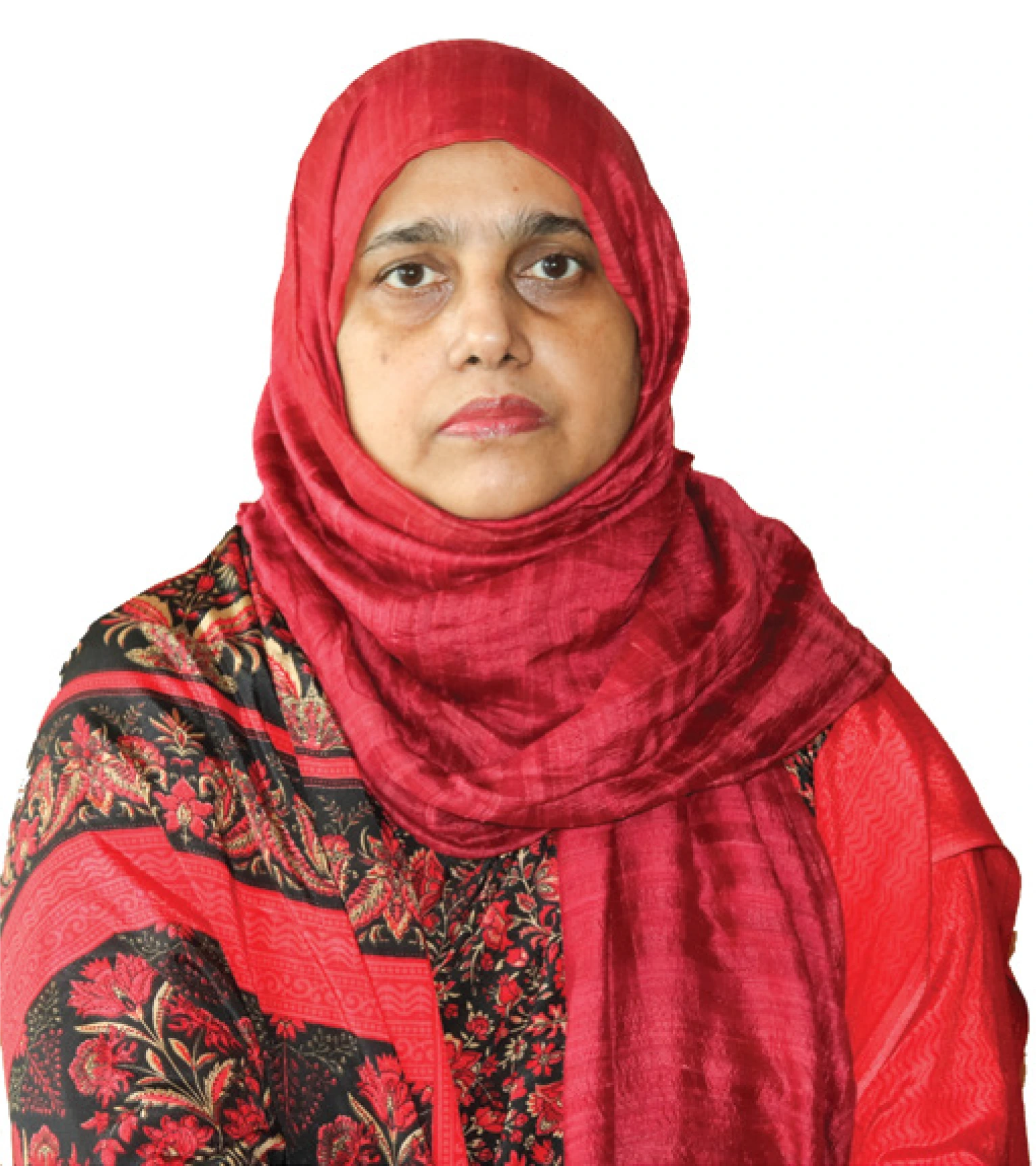
Creating skilled human resources is the key vision of National Skills Development Authority (NSDA). Aiming to train up 86,13,000 people by the next five years, the authority has adopted the National Action Plan for 2022-27 approved by the governing board meeting on July 31, 2022. “So, my aim is to assist implementation of the vision and mandate of the NSDA to achieve the goal of a developed and prosperous Bangladesh by 2041 declared by Honorable Prime Minister Sheikh Hasina,” the NSDA Executive Chairman Mrs. Nasreen Afroz said in an exclusive interview.

Ceramic Bangladesh (CB): Despite a huge demographic dividend, Bangladesh lacks skilled manpower. On the verge of the fourth industrial revolution (4IR), what does NSDA think to move forward?
Nasreen Afroz (NA): The NSDA has already prepared more than 35 CS’ on ICT-related courses. We are incorporating 4IR into its curriculum gradually. In addition to that, NSDA will adopt some measures like identify and assess the skill requirements, develop a digitised skills database, incorporate ICT-related skills into the training courses, upgrade the digital skills and knowledge of the instructors, building capacity of the Skills Training Provider (STP) institutes to deliver training on digital and emerging technologies, online training, use of digital technologies for monitoring and assessing performance of STPs and tracking of graduates.
CB: How is NSDA focusing on expanding domestic and foreign training opportunities?
Do you plan to create opportunities for exports to developed countries?
NA: NSDA is working on creating manpower export opportunities to developed countries. For this, we have already received technical guidance from the European Union Delegation which included the qualifications and skills recognition issues between Bangladesh and the EU in different angles. We hope we’ll succeed to set common, simplified rules for all professionals through the agreement, and thus eliminate the inconsistencies inherent to qualifications recognition processes between Bangladesh and EU countries. We’ll create export opportunities in developed countries.
CB: Bangladesh has to hire a lot of foreign skilled people to meet the industry demand. How is NSDA working to reduce shortage of skilled manpower here?
NA: The NSDA has adopted National Skills Development Policy-2021 and National Action Plan 2022-27. We have a huge demographic dividend that’s good. But, now we need to train them up to the mark matching to the demand in industries in the country. NSDA has almost 350 registered STP institutes. We develop and update curriculum for STPs. After course accreditation when training started we monitor training and conduct assessment neutrally and impartially.
We emphasize quality training and quality assessment. So, the trainees are qualified once they are certified by NSDA. The young workforce thus will be skilled and ready for the industries. Thus NSDA is working to reduce shortage of skilled manpower.
CB: What are the 5-year plans of NSDA to improve workforce growth, management and development?
NA: The NSDA has adopted 5-year National Action Plan 2022-27 approved by the governing board meeting on July 31, 2022. There are some other ministries/ divisions/ agencies that are involved in that action plan where there are some specific targets to achieve. However, the number of total targeted trainees is 86,13,004. Of them, 49,38,870 are under fresh skilling; 9,48,925 under re-skilling; 6,44,485 under up-skilling; 10,83,785 under apprenticeship; 3,43,383 under recognition of prior learning (RPL); and 6,53,556 under entrepreneurship.
CB: How does NSDA want to increase involvement of the trainees? What are the prime criteria of the trainees to engage in the training process?
NA: I always believe that skills development is a shared responsibility among a number of actors playing their respective roles towards a well-functioning national skill system. The actors include NSDA, various government ministries and departments delivering skills training, public sector training providers, private sector training providers and not-for-profit or NGO training providers, ISCs, trade bodies and employers and employees associations. We want to increase involvement of the trainees through these actors. The prime criteria of the trainees to engage in the training process are passion for technical education, devotion to learn new skills, well–constructed ideas and learning capacity. There is no such barrier like age, prior learning, prior institutional recognition etc.
CB: How is NSDA working to meet organisational goals for the betterment of workforce?
NA: We are making competency standard and other learning materials for skills training to meet organisational goals. We also register training institutes to conduct training on the basis of those learning materials. Then NSDA conducts assessment impartially by third party assessors and provides certificate to the trainees. Besides, the NSDA formulates skills policy and action plan, strategies and guidelines; forecast demand of skilled labour in domestic as well as overseas job market; identify skills gap; raise awareness on skills training and establishing mutual recognition agreement with destination countries for the migrant skilled workers etc. Basically it is making the youth and marginal people ready as workforce through an effective skills development system.
CB: How does NSDA assist the skill development programmes at the national level?
NA: NSDA has developed ‘National Skills Portal’ (NSP) offering all its services through online with an aim to collect, organise, analyse and publish data systematically related to skills ecosystem of the country. We want to support the training agencies with competency-based training curriculum and with other technical assistance whereever required. In terms of capacity development, NSDA wants to support training agencies and ISCs with financial assistance from various government funds like NHRDF or any other project if available.
CB: How does NSDA want to channelise focusing on academic or institutional support?
NA: Through NSP, NSDA is offering all its services online and thus increasing effectiveness, transparency and accountability. Though NSDA focuses on institutional support, as we have our new workforce, we’ll try to focus on academic part as well through them.
CB: For the ceramic industry, what kind of skill development programmes will you suggest?
NA: I will suggest for technical skills enhancement programme; Reasoning; Analytical and Problem-solving skill enhancement programme; Trending Technology; and Interpersonal skills-related programme.
CB: What is the way to develop up-skill management that can provide maximum return for the manufacturing industries?
NA: There are many different ways to develop up-skill management such as ‘Assess current skills’; Access skills needed for future; Create up-skilling goals; Match workers with new learning opportunities; and monitor progress.
CB: What kind of training method do you prefer?
NA: I prefer on-job training. When an employee learns the job at actual working site in real life situation and not stimulated environment, it is called On-the-Job training and also called as workplace training. This type of training, also known as job instruction training, is the most commonly used method. The emphasis is placed on rendering services in the most effective manner rather than learning how to perform the job. On-the-job training methods include job rotation, coaching, job instruction or training through step-by-step and committee assignments.







